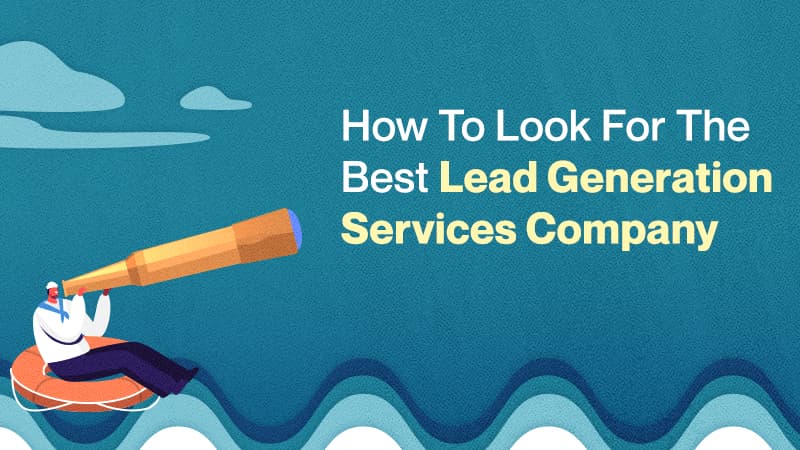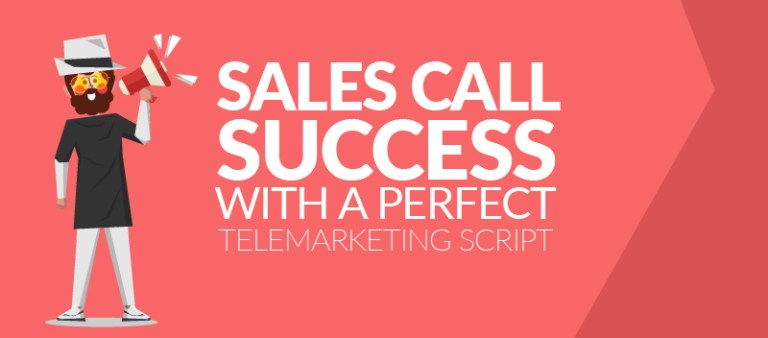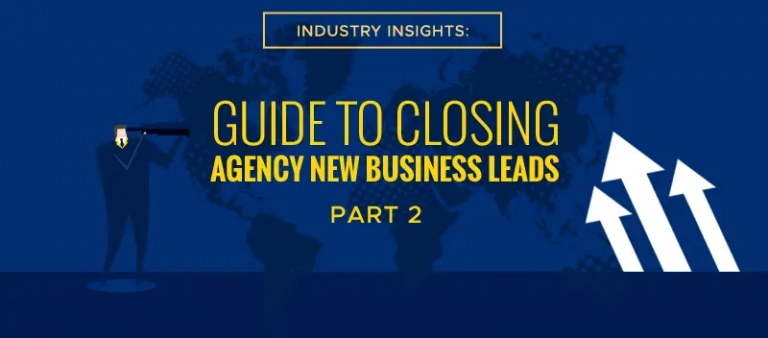Selling Robotic Process Automation Solutions
RPA is an application of technology, governed by business logic and structured inputs, aimed at automating business processes. Using RPA tools, a company can configure software, or a “robot,” to capture and interpret applications for processing a transaction, manipulating data, triggering responses, and communicating with other digital systems. RPA scenarios range from something as simple as generating an automatic response to an email to deploying thousands of bots, each programmed to automate jobs in an ERP system.
RPA technology has a game-changer for businesses, RPA bots can eliminate/ minimize the need for human labor in rules-based tasks and achieve high levels of ROI (RPA investment has 9-12 months payback period). On a typical workday, employees spend 10%-25% of their time on repetitive computer tasks that reduce the productivity of workers. However, a typical rules-based process can be 70%-80% automated by using Robotic Process Automation (RPA) software so that employees can shift their focus to more value-added tasks.
Lead Gen Strategies
Targeted Outbound Lead Gen
Outbound lead generation relies on continuous collaboration between your sales and marketing teams. Your sales and marketing teams work together to identify your target accounts, buyer personas, and the overall message to use when communicating with and engaging your prospects.
By using this collaborative approach, you can:
- Select the companies you want to target (which doors to knock on)
- Identify the buyers within the organization (who will answer the door) and
- Address their interests and anticipate their concerns (what to say to them)
Inside sales reps typically own the initial distribution of the message and supporting content to a select group of prospects. They monitor who opens emails, who clicks on links or views content, and prioritize their follow-up based on the prospect’s level of engagement. Your inside sales reps should then meet with your marketing team to discuss what worked, which types of content prospects found most engaging, and what didn’t work. By closing the feedback loop between your sales and marketing teams, you gain a better understanding of which doors to knock on, who is going to answer the door, and how to pique (and keep) their interest. If your prospects are interested but aren’t ready to take the next step, that’s OK too. You can still utilize more passive inbound lead generation tactics to further educate and establish a relationship with this audience.
Webinars
Nothing generates interest and engagement like a webinar that educates the people in your target audience about a problem they face. If you pick a relevant topic and give away useful information, you will attract hundreds or even thousands of the very people in your target audience who will one day purchase your product. It’s important to remember that only about 3% of the people who do register or attend your webinar are ready to buy right at that moment. Product webinars only attract those people who are ready to buy. Educational webinars attract the other 97% who have a problem and need a solution. Even though most of the registrants are not ready to buy on the day of the webinar, they are likely to buy what you’re selling at some time in the future in part because of the webinar. Registrants and attendees are high-value leads. All you have to do is keep your brand and your offering top of mind. Have your inside sales team call each attendee, not to pitch the product, to pitch more high-value information building credibility and top of mind awareness.
Many times, when marketers talk about content marketing or the strategy of gaining a competitive advantage by sharing useful content, there is a heavy sigh because the implication that goes along with it is that it can take 6, 12, or 18 months to see results. Manufacturers want effective, quick results. The webinar is one of the few marketing tactics that provides quick, effective results in the form of qualified leads.
Landing Pages
One of the most common forms of lead generation is a landing page. As the name suggests, a landing page is a designed web page that links within your performance marketing schemes direct viewers to after they click on a clink. Lead generation is important to marketing, but hearing that and reading about the benefits are two different things. The proof is in the pudding, as they say, so let’s walk through five benefits landing pages bring to lead generation efforts.
Landing pages are a key component of online marketing campaigns. A landing page is a specially designed page whose main goal is to generate sales or capture leads. Landing pages are often the main destination of paid online marketing campaigns, and a lot of money and resources are spent driving traffic to these pages.
Since landing pages are focused on conversions, improving their performance can lead to significant improvements in business results. That’s where LPO comes in.
Optimizing a landing page ensures that you achieve the highest possible conversion rate from the visitors who arrive at that landing page. Landing page optimization can help you lower your customer acquisition costs, acquire more customers, and maximize the value of your ad spend.
Landing pages are an easy tool to use in marketing. By incorporating landing pages into performance marketing, companies can learn more about target consumers and better generate leads.
Social Selling
Social selling for B2B businesses means using social media to generate leads and feed your sales funnel.
This doesn’t mean pasting cold email templates into LinkedIn and blasting them out to contacts. That resembles spammy selling, which drops your chances of closing to zero. Leaning on the softer side of the sales spectrum, it differs from traditional sales tactics because there’s less stress placed on an immediate response.
Instead, individual sales reps play the “long-game” and focus on building connections over time. Through social media, reps cultivate long-term relationships, convey authority and credibility, and appear on decision-makers’ radars to encourage “organic” sales.
ABM
Account-based marketing (ABM) is a strategic approach to lead generation in which your time and resources target a key group of specific accounts. Lead generation draws in the numbers, and ABM qualifies and targets those leads before you market to them. In other words, by inverting the traditional early-stage marketing process, you target your campaigns to specific customers the moment they enter your funnel, and you do it with real-time, personalized content.
Marketing has always been about delivering the right message to the right person at the right time. ABM allows for all three of these things to happen on a regular schedule and deliver qualified leads. It helps nurture customers and build trust. It increases conversions and revenue. Companies using account-based marketing report a 28% higher sales-win rate and a 36% higher customer retention rate. It also improves relationships and lifetime customer value.
We at Callbox are driven to help you advance your business growth. As we specialize in outbound marketing, we offer free, no-obligation calls in order to learn more about you, your goals, and to show you that we care and how we can help you. Don’t hesitate to contact us, and let’s work towards your business growth together.




